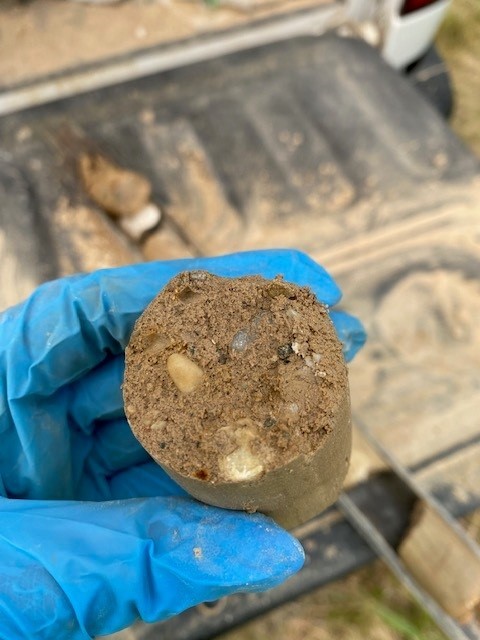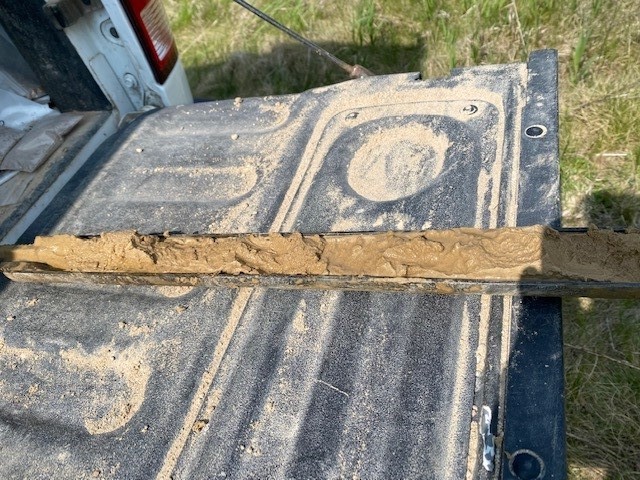Phase II Environmental Site Assessment costs for brownfield projects
For brownfield redevelopment projects, a Phase I Environmental Site Assessment (ESA) might uncover evolving environmental concerns, including leaking underground storage tanks, contaminated soil or water and illegal waste disposal, among others. If a Phase I ESA identifies Recognized Environmental Conditions, including emerging contaminants of concern, the site will require a second round of environmental due diligence or a Phase II ElSA.
The aim of Phase II ESAs for brownfield projects is to assess whether hazardous substances have been released on a property and take steps to limit exposure to them.
The key difference between the two Environmental Site Assessments is that a Phase I ESA assesses the likelihood of site contamination while a Phase II ESA evaluates the presence of contamination at the site.
Below, we discuss factors influencing Phase II ESA costs for brownfield projects and how partnering with an experienced environmental professional can ensure accurate assessment results for successful redevelopment projects.
Factors affecting Phase II ESA costs
Phase II ESAs are performed in accordance with the American Society for Testing and Materials (ASTM) E1903-19 standard. When municipalities or developers are required to complete a Phase II ESA, the associated cost of this additional environmental due diligence becomes a key concern. Let's examine the factors contributing to Phase II Environmental Site Assessment costs for brownfield projects.
Based on these elements, Phase II Environmental Site Assessment costs usually range from $10,000 to $30,000 but can be more expensive, stretching to $100,000 and more. Although a Phase II ESA is cost- and time-intensive, cutting assessment costs usually reduces investigation scope. A reduced assessment scope generates less site information, creating a greater margin for error. For land redevelopment or brownfield projects, limited information may lead to higher clean-up costs, legal issues and penalties later.
Gathering the most comprehensive information about the presence of potentially hazardous or toxic substances at brownfield sites is also instrumental in helping land redevelopment projects qualify for Environmental Protection Agency (EPA) brownfield remediation grants. Additional EPA funding opportunities include community-wide assessment grants worth up to $500,000 to cover environmental assessment expenses on sites contaminated with hazardous substances and pollutants.
Partnering with an experienced team of environmental professionals helps ensure accurate Phase II ESAs and can help secure funds for brownfield redevelopment projects.
Partnering with environmental professionals for a Phase II ESA
The Fehr Graham team of experienced environmental professionals provides end-to-end assistance to municipalities and private entities with land redevelopment projects. We produce highly customized Phase II ESAs to address the challenges and concerns of transforming brownfields. From conducting ESAs, writing grants and managing and remediating to coordinating the cleanup program coordination and managing waste, we ensure successful outcomes for brownfield and other land development projects.
To learn more about Phase II Environmental Site Assessment costs and how Fehr Graham can help you with environmental due diligence, contact us or call 920.453.0700.
 |
Dillon Plamann is a Project Hydrogeologist who helps with soil and groundwater investigations, remedial activities, due diligence and building material assessments. He also works on reports, work plans, proposals, budgets, and Phase I and II Environmental Site Assessments. Reach him at |
Collaborative, Insightful, Results-Driven Solutions
Fehr Graham provides innovative engineering and environmental solutions to help improve the lives and communities of our customers.


